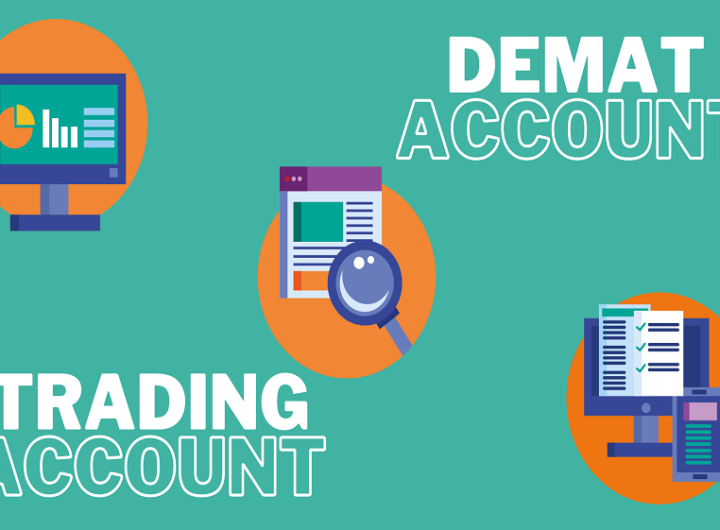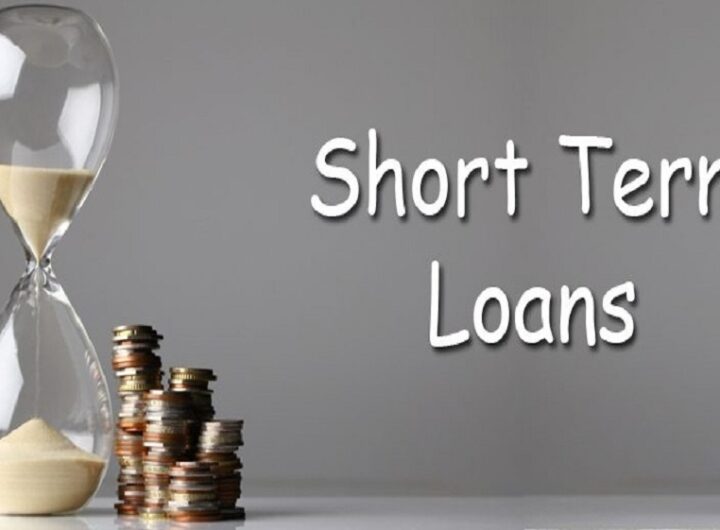
These strategies are popular for taking advantage of small price swings compared to traditional investments. We will explore this more speculative style of trading and explain how to use it.
What is short-term trading?
Short-term trading involves taking positions that can last between a few seconds and a few days. It is used as an alternative to the more traditional buy and hold strategy, where you would hold a position for weeks, months or even years.
Short-term trading is primarily focused on price movements rather than the long-term fundamentals of an asset. This style of trading tries to profit from rapid price changes and looks for market volatility that can come from economic data releases, company results and political events.
Short-term trading is also called active trading because the style used differs dramatically from an investment strategy or passive fund trading. It is usually based on speculation, which means there is no need to buy or sell the underlying assets. Short-term traders will instead tend to favor derivative instruments that allow them to enter and exit a position without having to own the asset. These include CFDs and options , both of which allow investors to take advantage of both rising and falling markets.
How to start short term trading?
The scalpers by opening positions that can last between a few seconds and a few minutes – usually no longer. This is by far the fastest trading style on this list.
A scalper will seek to make small profits as often as possible by opening a position and closing it as soon as the market moves in their favour, thus “scalping” profits from a market trend. This style is totally opposed to the idea of ”let the gains run”. These traders seize gains and limit losses as soon as possible in an effort to maintain a high win/loss ratio.
Scalping is very time-consuming and not suitable for part-time traders. Indeed, many scalpers choose to use high frequency trading (THF) to execute many orders in seconds. For those wishing to trade in the short term, this style can be lucrative but it is also risky. It is important to be aware of the costs associated with opening and closing positions, and to ensure that these do not reduce your earnings.
day traders
Day traders buy and sell assets in a single trading day, often to avoid paying overnight funding fees. Day trading is defined as a short term trading style as it seeks to take advantage of small market movements by trading frequently during the day.
This style involves making quick decisions to enter or exit the market quickly and efficiently. Even on a single trading day, volatility can be significant, which is necessary to create an advantageous trading environment, but can also carry risks that you should be aware of. Rapid price changes can for example cause a slippage effect effect .
However, while day traders close their positions at the end of each trading day, many other short-term trading styles allow positions to run if necessary.
Swing traders
Swing Traders seek to take a position within a larger movement, which may last several days or even weeks. This is the longest short-term trading style, as it also takes advantage of medium-term moves.
Swing traders try to spot a trend and capitalize on the ups and downs within a general movement. They generally use technical analysis to identify entry and exit points for each position.
Swing trading is still considered a short-term trading style, but it has no specific time constraint. In theory, it could therefore also be considered a long-term trading style because a trend can last longer than two weeks.
What markets can you trade in the short term?
There are many markets where you can trade in the short term. This style of trading is loose in terms of how long you need to keep a position open – anywhere from seconds to weeks – so a market’s trading hours don’t necessarily impact your method. Ultimately, your decision will be based on your personal preferences and interests.

 A ComMarket prehensive Guide to the Indian Stock Apps
A ComMarket prehensive Guide to the Indian Stock Apps  Exploring Futures and Options Strategies for Profitable Trading
Exploring Futures and Options Strategies for Profitable Trading  Unleashing the Power: Exploring the Features of Top trading app in India
Unleashing the Power: Exploring the Features of Top trading app in India  Options trading platforms: A guide to technology and tools
Options trading platforms: A guide to technology and tools  Practices to consider when trading ETFs
Practices to consider when trading ETFs  Understanding technical analysis and chart patterns in the stock market
Understanding technical analysis and chart patterns in the stock market  Apply for a Short-Term Loan Quickly
Apply for a Short-Term Loan Quickly  How Apps Make Paying Your Electric Bills Fast and Stress-Free
How Apps Make Paying Your Electric Bills Fast and Stress-Free  5 Benefits of Using Asiago Cheese Powder in Your Dish
5 Benefits of Using Asiago Cheese Powder in Your Dish  Reasons To Choose Stall Fabricators In Germany
Reasons To Choose Stall Fabricators In Germany